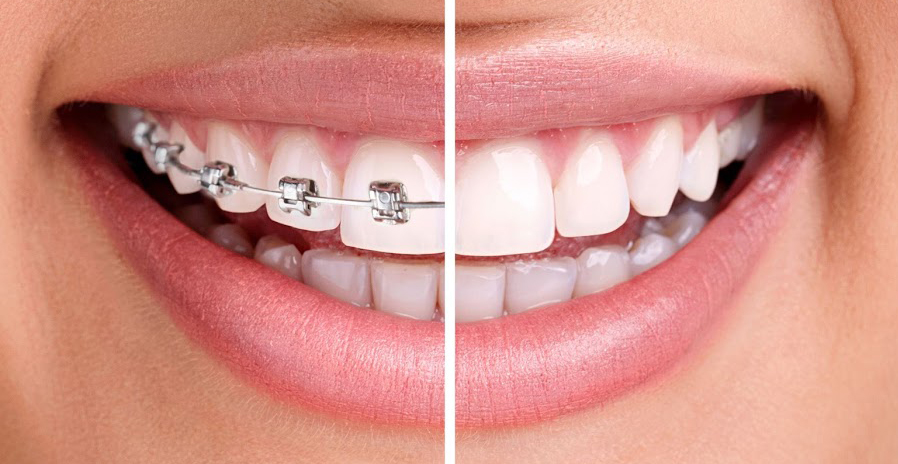In orthodontics, modern innovations always roll in and transform the way dentists practice. As such, so many orthodontists continue to enroll in continuing education simply to keep up with the constant introduction of modern innovations. Likewise, when it comes to the utility archwire appliance, you should know that is a fixed appliance with great features and versatility to treat cases in developing dentition.
In orthodontics, the most important objective is to guide the dentition in a state of normalcy for better oral growth and development. This simply means the practitioner should exchange and focus on the development of dentition. They need to focus on normal growth patterns and recognize all the requirements. When using this appliance, the job of a fully trained orthodontist is to use it with a combination of other therapeutic appliances taught in the continuing education programs they choose. For example, these appliances include space maintainers, lingual arches, headgear therapy, and others.
With a simple and original design, the use of the utility arch today has become a vital part of the orthodontic arsenal used in permanent and mixed dentures. It gets its name due to the great versatility it offers and the various effects it promotes during the time of the treatment.
If you are planning to enroll in the course, here’s what you can expect from it.
The Utility Archwire Course
The utility archwire is more like an ideal mechanics used in mixed dentition. It comes with a unique design and bypasses the teeth from the first and the lateral molar. It plays a major role when it comes to transitioning the wire hold space and waiting for the teeth to erupt finally. As an orthodontist, you can fabricate them in your office, or simply purchase them. When you enroll in Gerety Orthodontic Seminars, it will focus on how you should fabricate the utility arch, the uses, and functions through detailed lectures.
A comprehensive course should consist of lectures, project videos, and various hands-on exercises to practice this skill. Keep in mind that the objective of a comprehensive course should be how to fabricate the utility archwire, and learn more about different options available. The course will also guide you on the utility archwire uses, how it affects the anterior teeth, aids in the opening of a bite to level the molars, as well as hold up the space bypassing the main molars in mixed dentition.
The Outcomes to Expect
When you enroll in the orthodontics Broken Arrow, OK program, you will learn everything about the treatment, guidance system for diagnosis and the pediatric treatment of malocclusions. Get to understand how to maintain normalcy in mixed as well as primary dentition. It should explain the improvement of a person’s facial aesthetics, increase functional occlusion and proper stability.
In addition, you should be able to understand and recognize any deviations from normal patterns in growth. It will let you achieve proper overjet, overbite, jaw relationship, molar relationship, serial guidance, and lip seal. Understand the various principles and the best practices for the early treatment of the malocclusion of the treatment. Learn how to fabricate the archwire and all the latest advancements. Furthermore, the outcome you should achieve should also incorporate nickel titanium palatal expanders for the development of the arch.
A Quick Look at the Historical Background
When it comes to the historical background, you should learn about its development. The utility archwire invention was all set on biochemical principles. The description of this is solely on the principles of Burrstone in the year 1977, further refined by Ricketts for Bio progressive therapy. The first ever invention was to level the deep curve of Spee in the mandibular arch. However, today, it has several other uses and modifications.
These also come in different metals, including bio kinetix thermal NiTi, Nitanium superelastic, and stainless steel.
The Types of Utility Archwires
Here are the types of utility archwires you should learn about when you enroll in the course.
Passive Utility Arch
This comes in use for holding the space and stabilizing in mixed dentition. Sectional leveling arches usually target any irregularities in the anterior teeth position before the placement of the utility arch. This is where the passive utility arch appears, and it helps to stabilize or aid in space maintenance in permanent or mixed dentition.
Intrusion Utility Arch
This is a lot similar to the passive arch and intrudes the lower anterior teeth. The overall effect is an intrusion and possible torquing of the lower incisors.
The other archwires you will learn about include, retraction utility arch, its uses. In addition, learn about protrusion utility arch and the others.
When you enroll in orthodontic continuing education or ortho training, as a general dentist you will learn about the latest in the field and keep up with the best practices. Ensure you choose the best institute and experts in your area.




